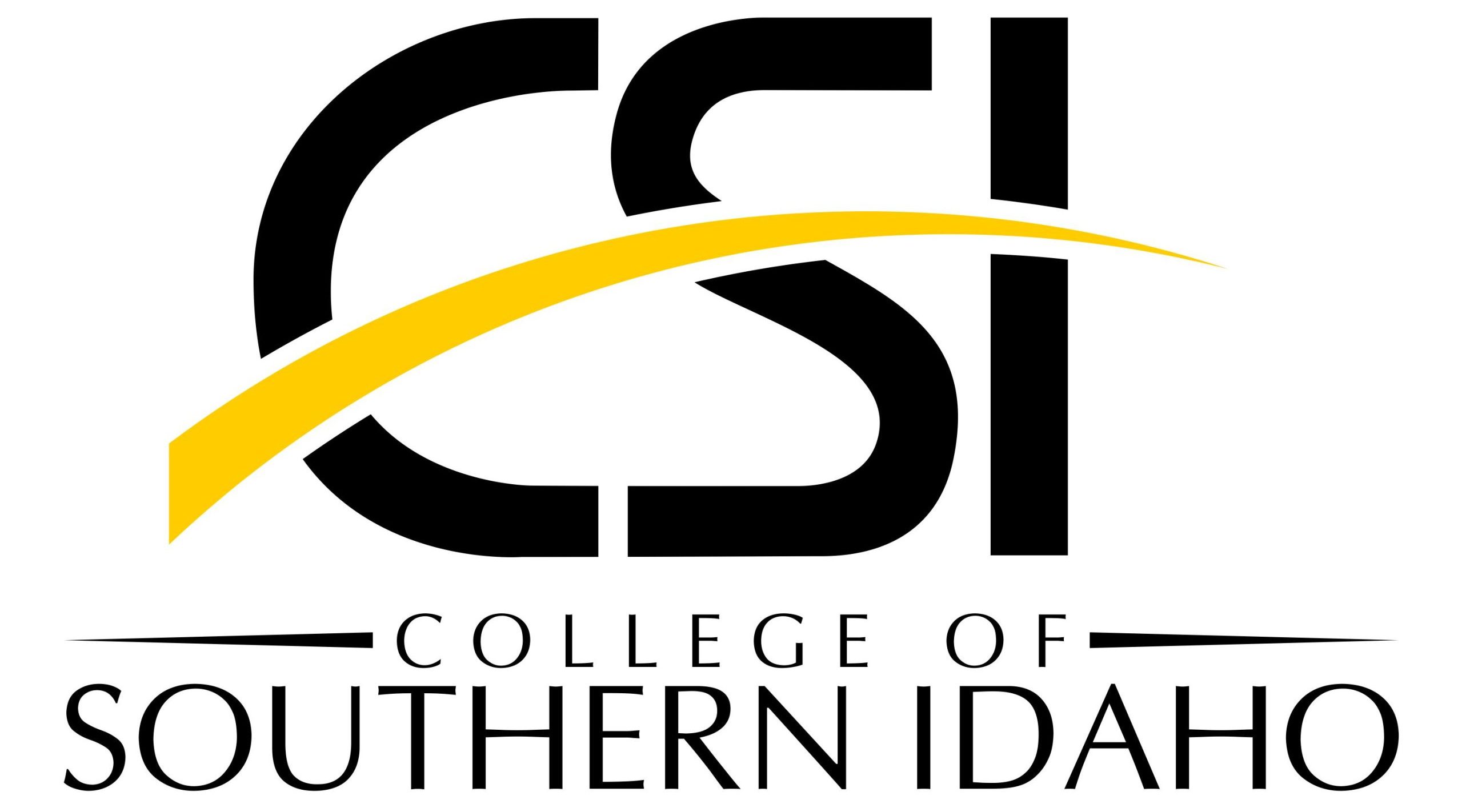Glossary
- Cataloging
-
The process used by librarians, and other professionals, to create records for each specific item in an institution's work. Part of this process is classifying, which involves determining a position for an item based on a predetermined schema. The associated number is put into a record that contains a deluge of other metadata related to a particular item. The end result of cataloging is the creation of a MARC record.
- Content rules
-
Specifications regarding the format or length of an entry in a field. Usually, an item has either content rules or controlled vocabulary, but sometimes a field will have both. For example, a field may only be filled with numbers, letters, or a specific combination of both (like a date or a serial number).
- controlled vocabulary
-
A set of allowed terms for particular fields in a record. For example, the word "text" is used for all items that use the written word. This textbook, blogs, novels, biographies, and all other items that are written down are designated using this term in MARC Field 336. Use of controlled vocabulary ensures standardization and consistency.
- delimiters
-
Terms or facets used to limit results in a list produced by a search engine or database. These are the terms or ranges that appear when you click on "Advanced Search" on Google or on a library catalog page.
- Functional Requirements for Bibliographic Records (FRBR).
-
A theoretical system that ensures that an item is described as accurately and thoroughly as possible. The two major constructs in FRBR are WEMI and the RDA framework.
- H5P (HTML 5 Package)
-
A type of tool created by educational professionals and instructional designers to promote interactivity for multiple settings. Corporate, government, and educational institutions can all use H5P to create interactive, formative assessments and assignments.
- MAchine-Readable (Bibliographic) Catalog Records (MARC)
-
The content standard developed by librarians in the 1960s to hold data regarding bibliographic materials. This standard, also called a schema, has been revised to hold data and metadata for many types of items.
- Resource Description and Access (RDA)
-
A framework created by an international coalition of information professionals to replace AACR2. This framework ensures that description of resources throughout the world are consistent. For example, the "text" signifier is an English word. The MARC symbol associated with this term is "txt." Usually, these two data points are entered together. Terms and symbols signify content, media, and carrier (item) type.


Feedback/Errata